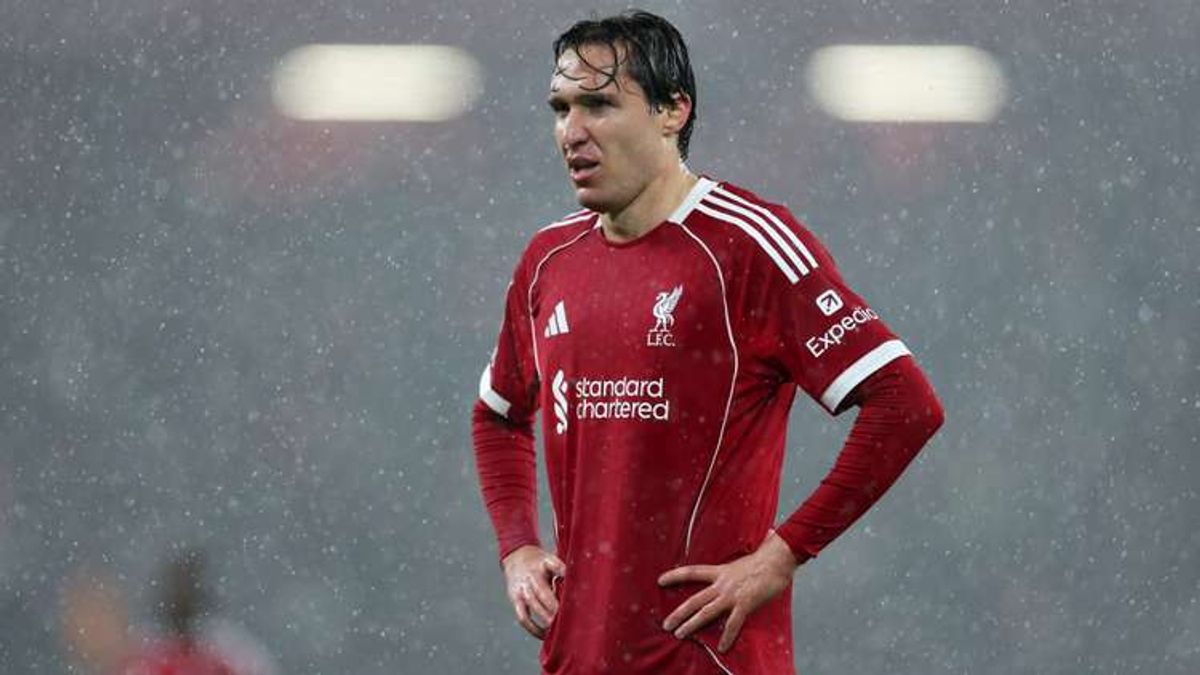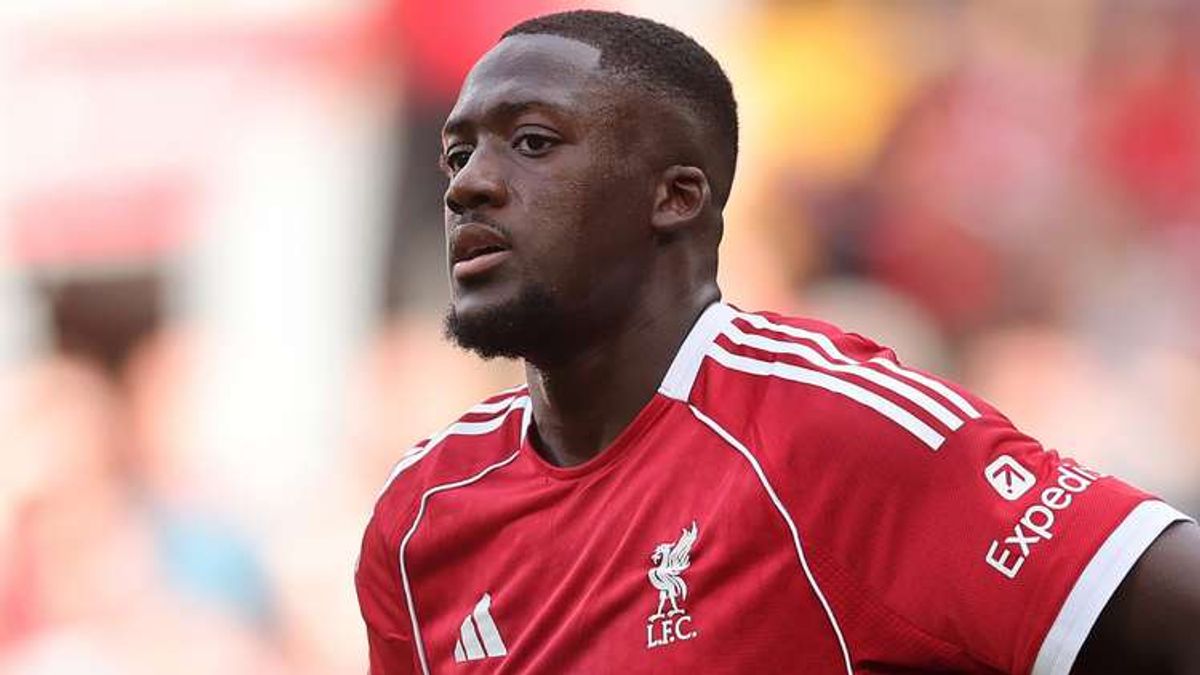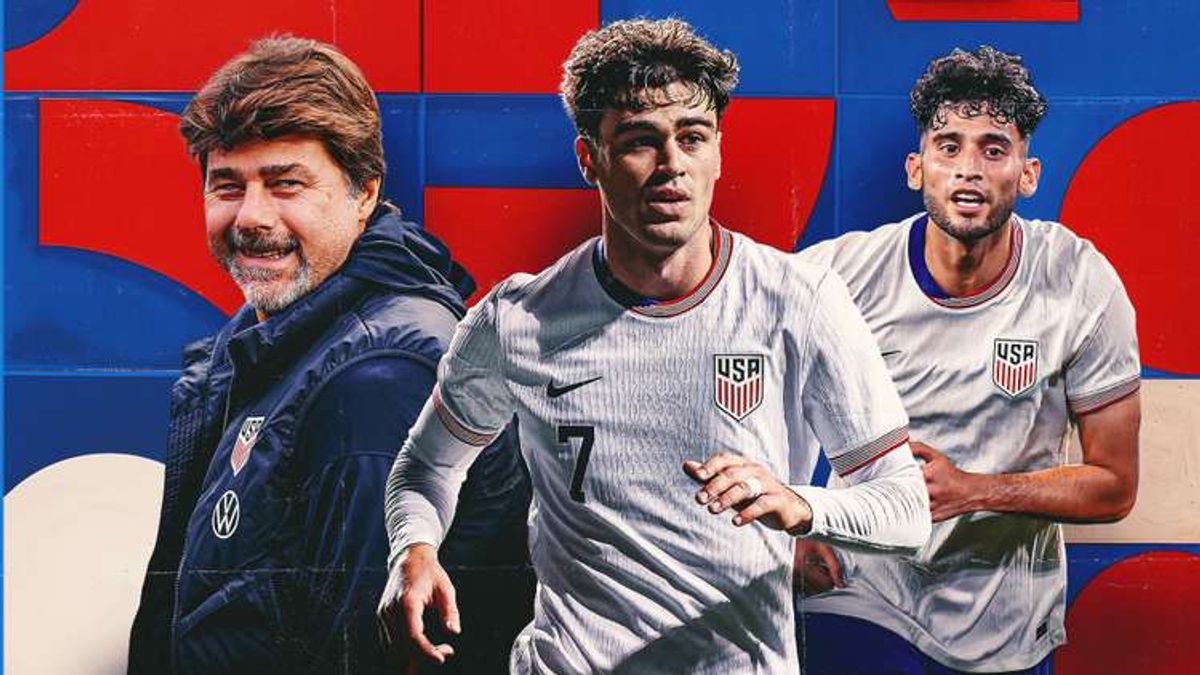Manchester United's Decision to Turn Down Chelsea Swap Deal Revealed
Manchester United reportedly rejected the chance to sign Chelsea midfielder Romeo Lavia as part of a proposed swap deal for Alejandro Garnacho due to concerns over Lavia's injury record. Dive into the details of this transfer saga and the implications for both clubs.

Manchester United reportedly rejected the chance to sign Chelsea midfielder Romeo Lavia as part of a proposed swap deal for Alejandro Garnacho during the summer. Despite actively searching for midfield reinforcements, concerns over the Belgian's injury record led the Red Devils to refuse the swap and push ahead with a standalone £40 million sale of the Argentine winger instead.Manchester United allowed Garnacho to join Chelsea in August after the winger fell out of favour under Ruben Amorim, agreeing a deal worth £40m. However, according to ESPN, Chelsea initially tried to negotiate a player-plus-cash offer involving Romeo Lavia as part of the transfer. The Blues were prepared to reduce the fee if the Red Devils accepted the 21-year-old midfielder in return.United assessed the offer but ultimately turned it down due to concerns surrounding Lavia's prolonged battle with fitness issues. The Liverpool-target-turned-Chelsea-signing has endured repeated setbacks since arriving at Stamford Bridge, meaning United felt he would not provide the reliable midfield upgrade needed. Instead, they pushed through a straight-cash deal, ensuring they secured a guaranteed return on Garnacho.The Argentine winger struggled to make an immediate mark at Chelsea despite featuring regularly early in the campaign; however, he has picked up form recently. Meanwhile, Lavia has struggled again with injury and has been limited to minimal minutes since the swap-deal proposal was dismissed. For United, the decision highlighted a preference for avoiding long-term medical risks despite their well-documented midfield weaknesses.United's refusal to move for Lavia stemmed largely from the club's growing frustration with persistent midfield instability. Senior figures inside Old Trafford recognise the need for a dedicated defensive midfielder who can provide structure, control and reliable availability. Casemiro's age and physical decline have increased the urgency to identify a long-term successor capable of anchoring Amorim's system at a high level.Without such a figure, United have been forced into makeshift solutions that compromise tactical balance. Bruno Fernandes has dropped deeper to partner Casemiro, reducing his creative influence in attacking zones where he has historically been most impactful. Attempts to integrate younger options have delivered inconsistency, as players continue to adapt to new roles and responsibilities.In that context, Lavia's profile, a deeper, possession-based midfielder with Premier League experience, naturally held appeal. However, the defining concern for United was his track record of lengthy injury absences, which threatened to leave them no better prepared for the future than before. They require a near-ever-present starter in a demanding role, rather than another medium-term gamble.Looking for smarter football bets? Get expert previews, data-driven predictions & winning insights with GOAL Tips on Telegram. Join our growing community now!Lavia's Chelsea tenure has been dominated by physical setbacks since his £58m ($76m) move from Southampton in 2023. After arriving with huge expectations, he missed large stretches of the season due to a hamstring problem suffered in training, delaying his debut for months. When he did finally make his first appearance, a severe ankle issue soon followed - ending his campaign almost instantly.Those issues carried into the 2024/25 season, undermining attempts to establish rhythm or earn a consistent place in the squad. Lavia has never completed a full 90-minute match for Chelsea, and his total competitive playing time remains extraordinarily low for a player of his profile and price tag. This season, he was ruled out again after sustaining a quadriceps injury in the Champions League against Qarabag.His talent, however, remains clear: press-resistant, intelligent, and proactive in defensive duels, with an impressive passing range for a player his age. Chelsea still believe he can grow into a midfield cornerstone once his body stabilises. For now, though, his availability continues to be a major concern.Manchester United continue to prioritise the recruitment of a specialist holding midfielder who fits both their tactical plan and durability criteria. Crystal Palace's Adam Wharton and Brighton's Carlos Baleba mentioned as potential signings for the summer of 2026.Chelsea, meanwhile, will hope Lavia's recovery progresses cleanly so that he can contribute meaningfully in the latter stages of the season. The Belgian remains under a long-term contract and still represents a significant part of their project, provided he can stay fit.
United's Rejection of Lavia in Swap Deal
During the summer transfer window, Manchester United had the opportunity to acquire Chelsea midfielder Romeo Lavia in a swap deal for Alejandro Garnacho. However, concerns over Lavia's prolonged battle with fitness issues led United to ultimately turn down the offer.
Garnacho's Move to Chelsea
Manchester United allowed Alejandro Garnacho to join Chelsea in August for a standalone £40 million deal after he fell out of favor at Old Trafford. Despite a promising start at Chelsea, Garnacho had to overcome challenges to establish himself in the squad.
Chelsea's Offer of a Player-Plus-Cash Deal
According to ESPN, Chelsea initially proposed a player-plus-cash offer involving Lavia to reduce the transfer fee for Garnacho. United evaluated the offer but decided against it due to doubts about Lavia's fitness and availability in the long term.
United's Search for a Defensive Midfielder
Manchester United's refusal to pursue Lavia highlighted the club's need for a dedicated defensive midfielder to provide stability and structure in midfield. With Casemiro aging and facing physical decline, United are targeting a long-term successor who can anchor their midfield effectively.
Lavia's Troubles at Chelsea
Romeo Lavia's time at Chelsea has been marked by persistent injuries that have hampered his progress and playing time. Despite his talent as a possession-based midfielder, Lavia's availability remains a major concern for the club as he continues to struggle with fitness issues.
Future Signings and Recovery Prospects
Manchester United are actively looking to recruit a specialist holding midfielder in the upcoming transfer window, with players like Adam Wharton and Carlos Baleba mentioned as potential targets. Meanwhile, Chelsea will be hoping for Lavia's recovery to progress smoothly to maximize his contribution to the team.

















